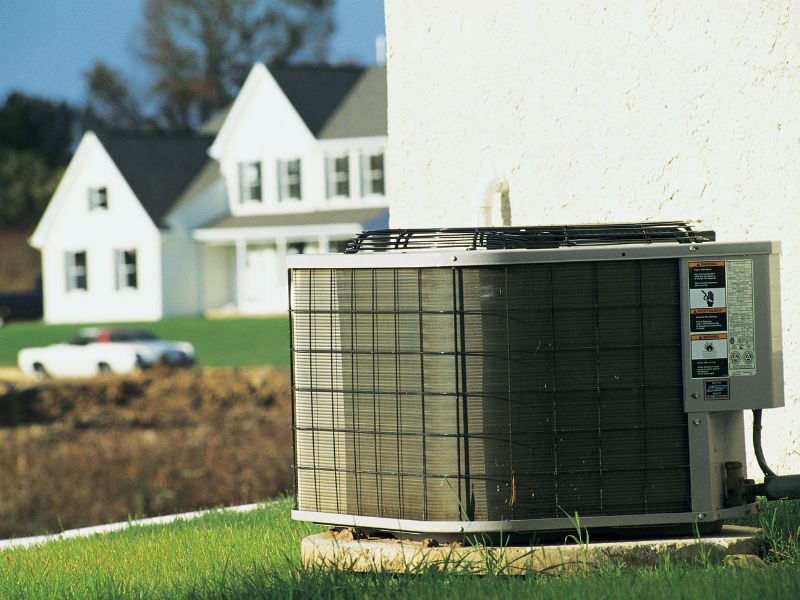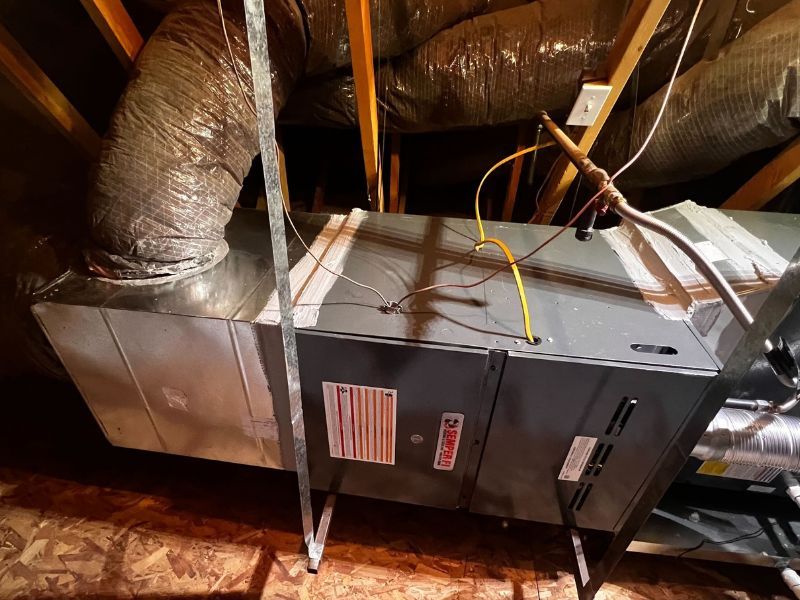What Is R-Value?
The R-Value refers to the thermal resistance of a material. It quantifies how effectively a material resists the flow of heat through it. The higher the R-Value, the better the material’s insulating properties. R-Value is used to evaluate and compare the effectiveness of different insulation materials in preventing heat transfer.
People Also Ask About R-Value
Why is R-Value important in building design?
R-Value is crucial in building design because it helps determine the effectiveness of insulation in preventing heat loss or gain. Higher R-Values are desirable in colder climates to retain indoor heat and in warmer climates to keep outdoor heat from entering the building.
How is R-Value calculated?
R-Value is calculated by dividing the material’s thickness by its thermal conductivity. The resulting value indicates the material’s ability to resist heat transfer. It’s typically expressed in units like square feet × degrees Fahrenheit per British thermal unit (ft²·°F/BTU).
Can R-Value be improved in existing buildings?
Yes, R-Value can often be improved in existing buildings by adding additional insulation to attics, walls, and other areas. Proper insulation upgrades can enhance energy efficiency, reduce heating and cooling costs, and improve overall indoor comfort.
HVAC System Cost & HVAC Reviews
Related Pages
Categories


